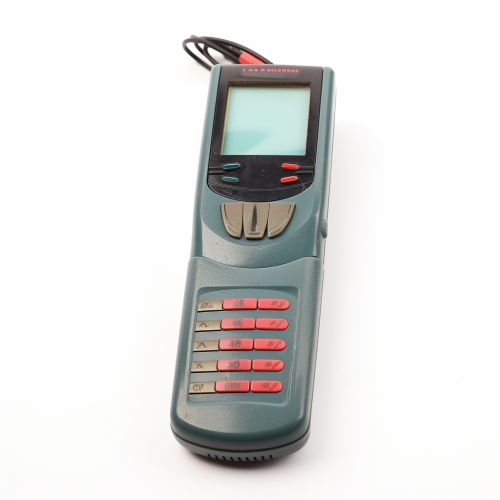Mobile Telephone Service
History
The history of mobile telephone service dates back to the early 20th century. The first systems were based on the use of existing telephone networks, with calls being manually switched by operators. This was a cumbersome and inefficient process, but it was the only feasible solution at the time.


The first automatic mobile phone system, known as Mobile System A (MTA), was introduced in Sweden in 1956. This system was quite advanced for its time, but it was also very expensive and only a few hundred units were ever produced. The first truly successful mobile phone system was the Advanced Mobile Phone System (AMPS), which was introduced in the United States in 1983. This system used analog signals and was the first to offer nationwide coverage.
Technology
The technology behind mobile telephone service has evolved significantly over the years. The first generation of mobile phones, known as 1G, used analog signals and had very limited capacity. The second generation, or 2G, introduced digital signals and significantly increased the capacity of the network. The third generation, or 3G, introduced high-speed data transmission, enabling the use of mobile internet and video calls.
The current generation, known as 4G, offers even faster data transmission and has enabled the widespread use of mobile internet. The next generation, 5G, is currently being rolled out and promises to offer even faster speeds and lower latency.
Network Architecture
The architecture of a mobile telephone network is complex and involves several key components. The most important of these is the base station, which is responsible for communicating with mobile phones within its coverage area. Each base station is connected to a Mobile Switching Center (MSC), which is responsible for routing calls and data to the appropriate destination.
Other key components of a mobile telephone network include the Home Location Register (HLR), which stores information about each subscriber, and the Visitor Location Register (VLR), which keeps track of which base station each subscriber is currently connected to.
Mobile Telephone Standards
There are several different standards for mobile telephone service, each with its own strengths and weaknesses. The most widely used standard is the Global System for Mobile Communications (GSM), which is used by over 80% of all mobile phones worldwide. Other important standards include Code Division Multiple Access (CDMA), which is used primarily in North America and South Korea, and Time Division Multiple Access (TDMA), which is used in some parts of Asia and South America.
Future of Mobile Telephone Service
The future of mobile telephone service is likely to be dominated by the rollout of 5G networks, which promise to offer faster speeds and lower latency than ever before. This will enable a whole new range of applications, from self-driving cars to remote surgery. However, there are also significant challenges to be overcome, including the need for new infrastructure and concerns about the potential health effects of 5G radiation.
